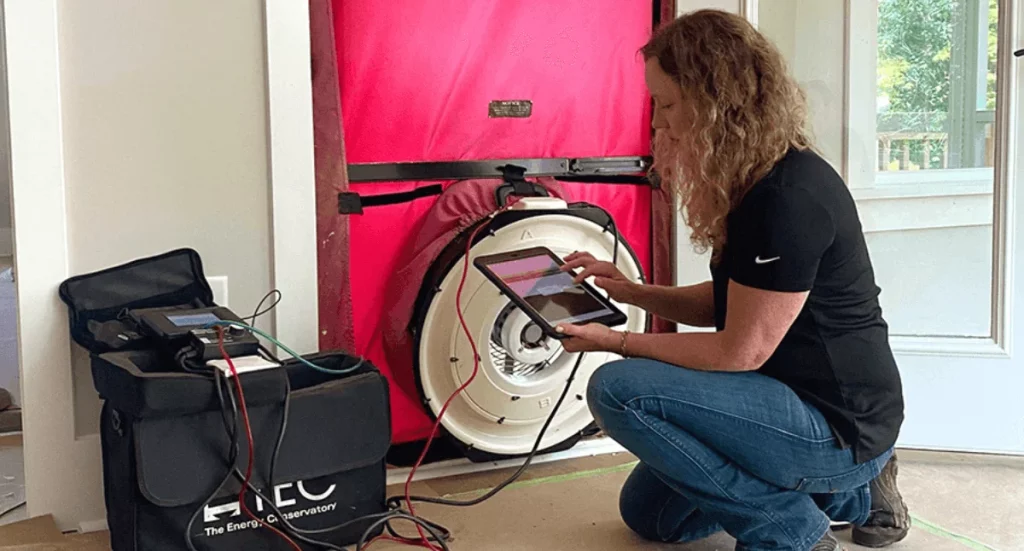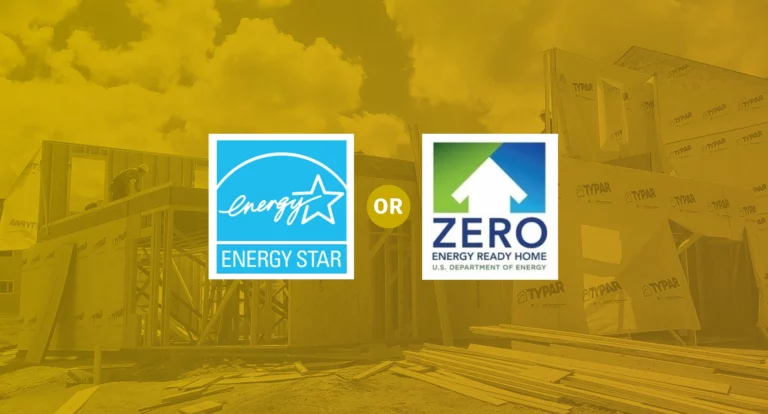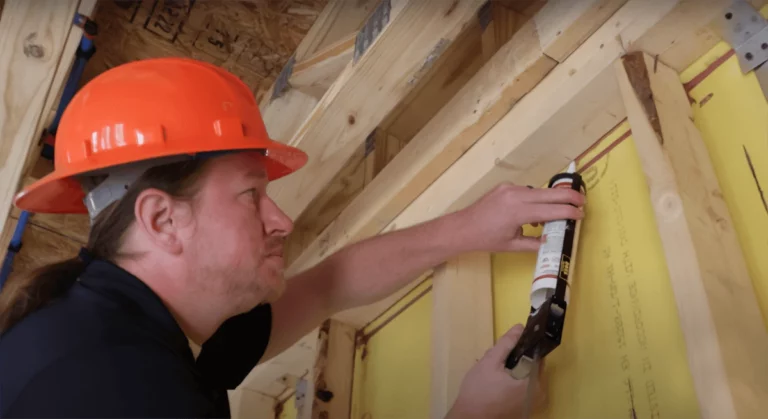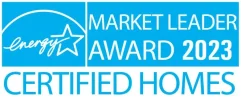ENERGY STAR Version 3.0 to 3.1
As you may have heard the ENERGY STAR program will begin its transition from ENERGY STAR version 3.0 to 3.1 soon. Builders in North Carolina and South Carolina will need to comply with the new 3.1 for all homes permitted on or after January, 1st, 2023.
Single-family homes permitted on or after January 1, 2023, in the following states will be required to use Version 3.1 of the National ENERGY STAR Single-Family New Homes program requirements:
- Alabama
- Alaska
- Arkansas
- Arizona
- Colorado
- Indiana
- Idaho
- Kansas
- Kentucky
- Louisiana
- Mississippi
- Missouri
- New Hampshire
- North Carolina
- North Dakota
- Ohio
- Oklahoma
- South Carolina
- South Dakota
- Tennessee
- Virginia
- West Virginia
- Wisconsin
- Wyoming
ENERGY STAR 3.1 Certification Requirements
The only difference in the version 3.1 program requirements from the prior versions is a higher-performing Energy Rating Index (ERI) target. All of the inspection checklists as well as the mandatory field inspections remain the same.
How to meet ENERGY STAR certification?
To certify a home to ENERGY STAR version 3.1, a home must meet the mandatory requirements which you can find here →
What is ENERGY STAR Prescriptive Path vs. Performance Path?
ENERGY STAR can be achieved by following a prescriptive or performance path, in most states. A prescriptive path provides a checklist of measures to meet the ENERGY STAR standards, without the requirement of energy modeling. Whereas the performance path does require energy modeling but allows for more flexibility to determine what factors meet ENERGY STAR criteria.
What is the certification process like for ENERGY STAR 3.1?
You can find the full list of steps here on energystar.gov or reach out to let us know you’re interested in ENERGY STAR Certification. Our building performance team can help craft a certification pathway that meets your goals.
What’s Next?
Our team will be reaching out individually to all impacted builders over the next few weeks to review the performance target changes and work on strategies to ensure compliance under version 3.1.
If you’re a new (to us) client and would like to explore how you can implement the new ENERGY STAR version on upcoming projects, please reach out today and we’ll be happy to help!














